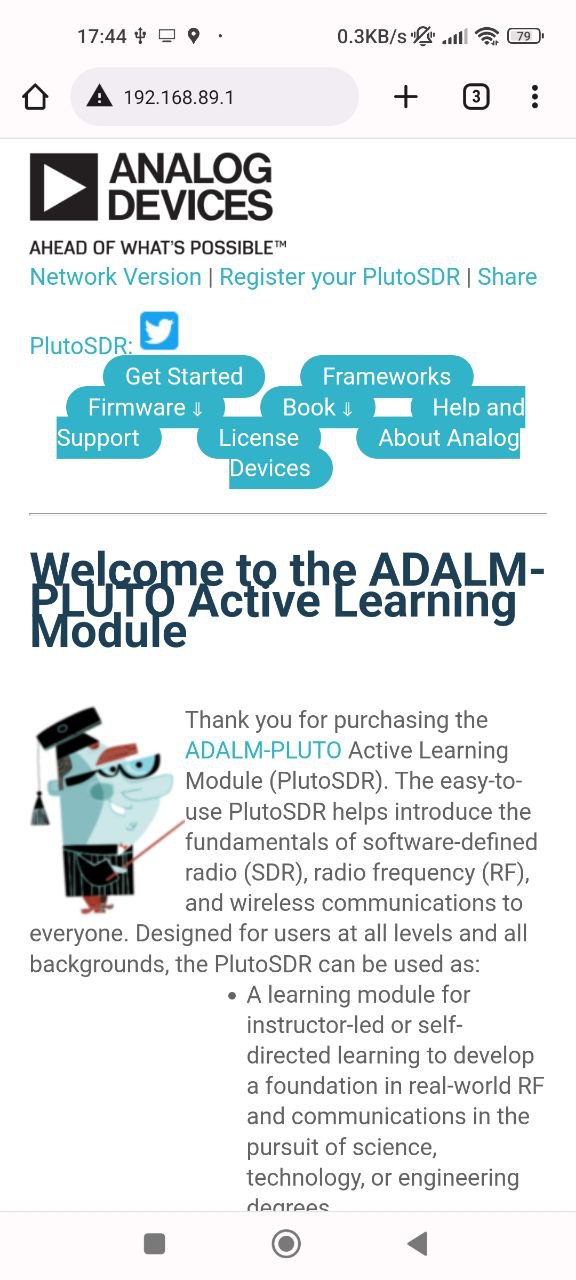In my previous post I wrote about the protocols used by Blockstream Satellite. This was motivated by a challenge in GRCon22’s CTF. In that challenge, muad’dib sent the flag as a Blockstream API message and recorded the Blockstream Satellite DVB-S2 downlink as the message was broadcast. The recording was used as the IQ file for the challenge.
In my post, I gave a look at how all the protocol stack for the Blockstream API works: DVB-S2, MPE, IPv4, UDP, plus a custom protocol that supports fragmentation and application-level FEC. However, I didn’t give any details about how the protocols used to broadcast the Bitcoin blockchain work. This runs on another UDP port, independently of the Blockstream API. At that time I didn’t understand much about it, even though during the CTF I was trying to search for the flag in a Bitcoin transaction and looking at the source code of bitcoinsatellite to try to figure out how it worked.
After my previous post, Igor Freire commented some details of the FEC used in bitcoinsatellite. This is quite interesting by itself. Two FEC libraries by Chris Taylor are used: the Wirehair O(N) fountain code for larger blocks, and the CM256 MDS code based on Cauchy matrices over GF(256) (this is very similar to Reed-Solomon used as erasure coding). This motivated me to continue studying how all this works.
Now I have been able decode the Bitcoin transactions in the CTF recording. These don’t use any FEC, since transactions are small. I believe that there aren’t any blocks fully contained in the 35 second recording, so to see how the FEC codes work (which could be quite interesting) I would need a longer recording.
In this post I’ll show how to decode the Bitcoin transaction in Blockstream Satellite. The materials can be found in this repository.
